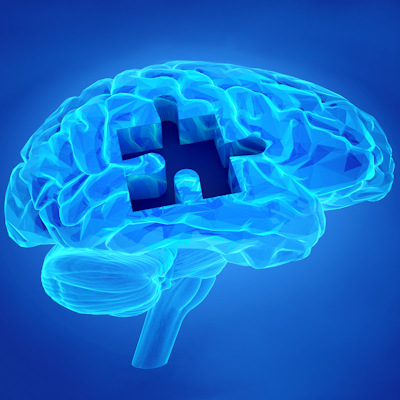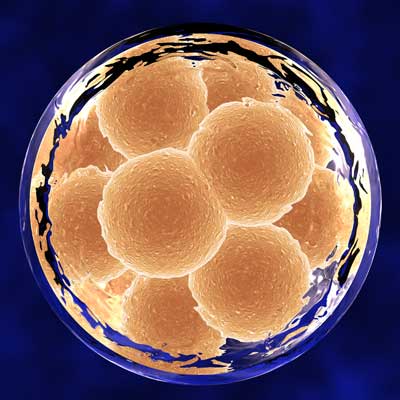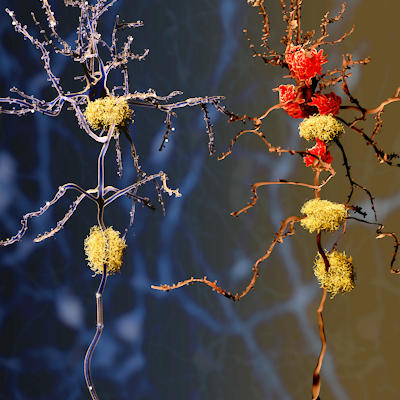October 28, 2022 -- Researchers at the Washington University (WU) School of Medicine are studying a key molecule called sterile alpha and TIR motif containing 1 (SARM1), which kills axons that wire the nervous system. Two new studies, published October 26 in the Journal of Clinical Investigation, could lead to new therapies for a broad range of neurodegenerative diseases.
In healthy neurons, SARM1 is always switched off. But following injury or disease, SARM1 becomes activated, burning so much cellular energy that axons disintegrate. Blocking SARM1 may prevent the axon loss implicated in diseases including peripheral neuropathies, Parkinson's disease, glaucoma, and amyotrophic lateral sclerosis (ALS).
In the first paper, the researchers sought to understand SARM1's role in axon destruction by studying a rare progressive neuropathy syndrome. Sequencing patient genomes, the researchers found that the axon loss was caused by genetic errors in the gene NMNAT2, which normally keeps SARM1 turned off. SARM1's constant activation triggered axon destruction. The researchers used CRISPR gene-editing techniques to reproduce these mutations in mice. The mice survived to adulthood, but with worsening motor dysfunction and macrophage infiltration.
Reducing the number of macrophages surprisingly reversed axon loss and disease symptoms in mice, suggesting that SARM1 also drives neuroinflammation that exacerbates the problems. Hence, some neurodegenerative conditions might be treated with immune modulating drugs that block macrophages.
In the second paper, researchers investigated the role of SARM1 in Charcot-Marie-Tooth disease type 2a, an inherited peripheral neuropathy characterized by progressive motor loss. The disease is caused by a mutation in a mitochondrial protein called mitofusin2, impairing normal mitochondria function. They found that deleting SARM1 in a rodent model of Charcot-Marie-Tooth disease type 2a unexpectedly stopped most of the animals' symptoms -- independent of the diseased mitochondria -- and protected the mitochondria from further degradation.
"We desperately need treatments for neurodegenerative diseases. With the evidence of SARM1's central role in these diseases, we're very interested in finding ways to block this molecule," co-senior author and WU professor Dr. Jeffrey Milbrandt, PhD, said in a statement. "We're hopeful this work will lead to effective new therapies across a range of neurodegenerative and neuroinflammatory diseases."
Disclosure: The researchers, Drs. Milbrandt and DiAntonio, are co-founders, board members, and shareholders of Disarm Therapeutics, a subsidiary of Eli Lilly created to advance development of SARM1-targeted therapies.
Copyright © 2022 scienceboard.net










